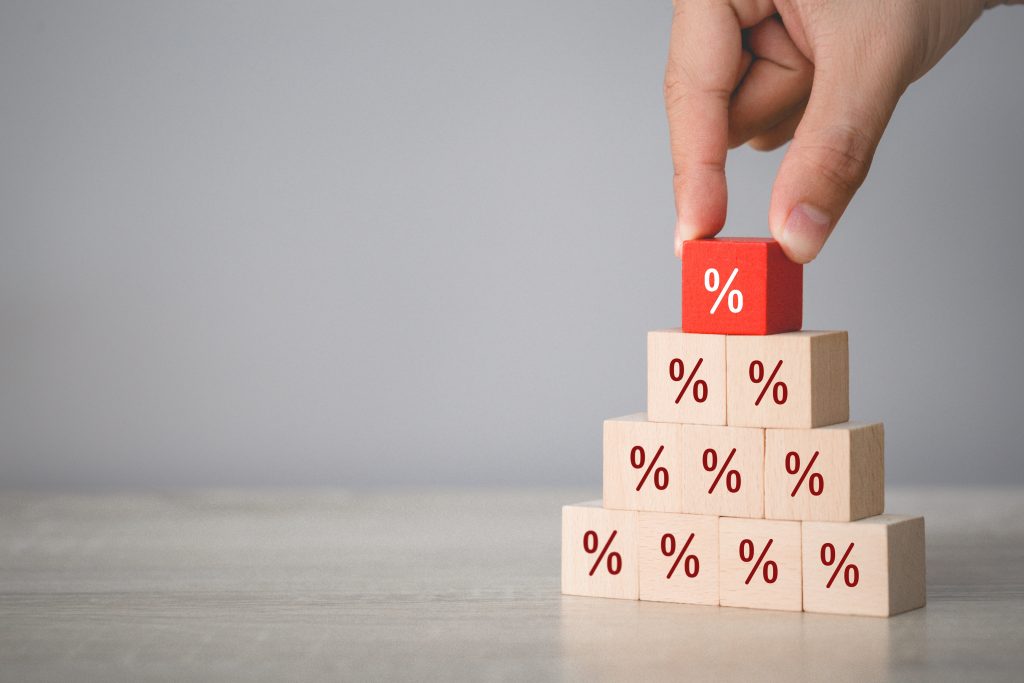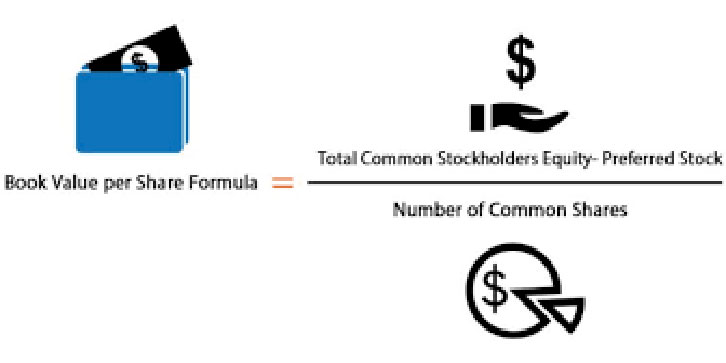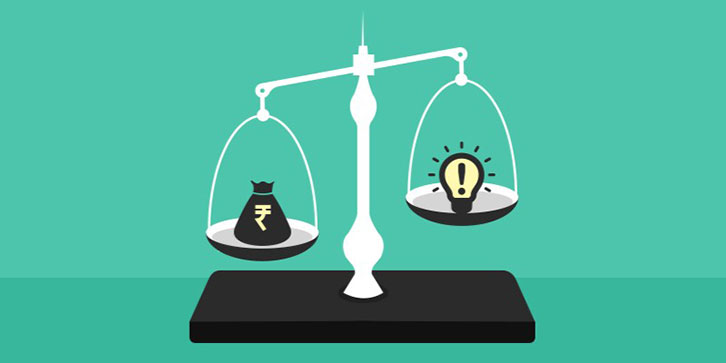When the effects of compounding over time are considered, the actual return on a savings account or any other investment that pays interest is the effective annual interest rate. In addition, it reveals the actual interest rate that must be paid on a loan, credit card, or any other kind of debt. You may use EAR to calculate the amount of interest that you are required to pay on a loan or other type of debt, as well as the amount of money that you earn from investments such as a GIC or a savings account. There are other names for the EAIR (Effective Annual Interest Rate), including the annual equivalent rate, the effective rate, and the effective interest rate.
Learning the EAIR (Effective Annual Interest Rate)
The effective annual interest rate shows the real interest rate on a loan or investment. The most important thing about the effective annual interest rate is that it takes into account the fact that more frequent compounding periods lead to a higher effective interest rate. Let's say that each of your two loans has an interest rate of 10%. One loan's interest is added once a year, while the other does it twice a year. Even though they both say the interest rate is 10%, the loan that adds interest twice a year will have a higher effective annual interest rate.

Borrowers might not know how much a loan costs if they don't know the effective annual interest rate. And investors need it to figure out what the real return is likely to be on something like a corporate bond.
Why Effective Annual Rate Is Vital
When calculating the actual return on an investment or the real interest rate on a loan, an effective yearly interest rate may be a helpful tool. This rate is calculated by dividing the stated interest rate by the amount borrowed. The gap between the annual interest rate that is mentioned and the actual interest rate may be rather significant because compounding occurs. It is crucial to consider the effective interest rate while searching for the most beneficial loan or the investment that will provide the greatest rate of return. When interest is added to interest already accrued, the effective annual rate of interest (EAR) is always greater than the quoted annual interest rate.
What Does the Effective Annual Interest Rate Indicate?

In an ad, you might see the nominal interest rate and the effective annual interest rate for a CD (Certificate of Deposit), a savings account, or a loan. The nominal interest rate doesn't consider how interest builds up over time or the fees that come with these financial products. The annual interest rate that works is the real return. When it comes to money, it's essential to understand the term "effective annual interest rate." You can only compare offers somewhat if you know each one's real annual interest rate.
Learning the EAR formula
Even though there is a helpful Effective Annual Interest Calculator that can do the work for you, it's essential to learn the formula on your own. There are two things you need to know. The annual interest rate advertised and the number of times that interest is added together. Since this is usually measured in months, we'll call it "m." So, here is the formula for calculating EAR (which we'll call I):
I = (1+r / m) x m −1
The more times you compound, the more likely it is that your EAR will go up. So, getting a return every three months is better than getting a return every six months, and getting a return every month is better than quarterly. Some debts even get more expensive every day. This formula might be hard to understand if you don't know much about math.
Why Are Banks Not Using The Effective Annual Interest Rate?
The effective annual interest rate is not what banks use to determine how much interest to charge. Instead, they use the interest rate that has been set. This is done to make people think they are paying less interest than they are. For example, if the interest rate on loan is 30% and is added every month, the effective annual interest rate is 34.48%. Most of the time, banks will say that their interest rate is 30% when it is 34.48%. When banks pay you interest on your deposit account, the EAR is advertised to look better than the stated interest rate.
Special Considerations
The effective yearly interest rate is affected negatively if there is an increase in the number of times interest is put together. If you compound the investment every three months rather than every six months, every month rather than every three months, and every day rather than every month, the rate of return will be greater.




